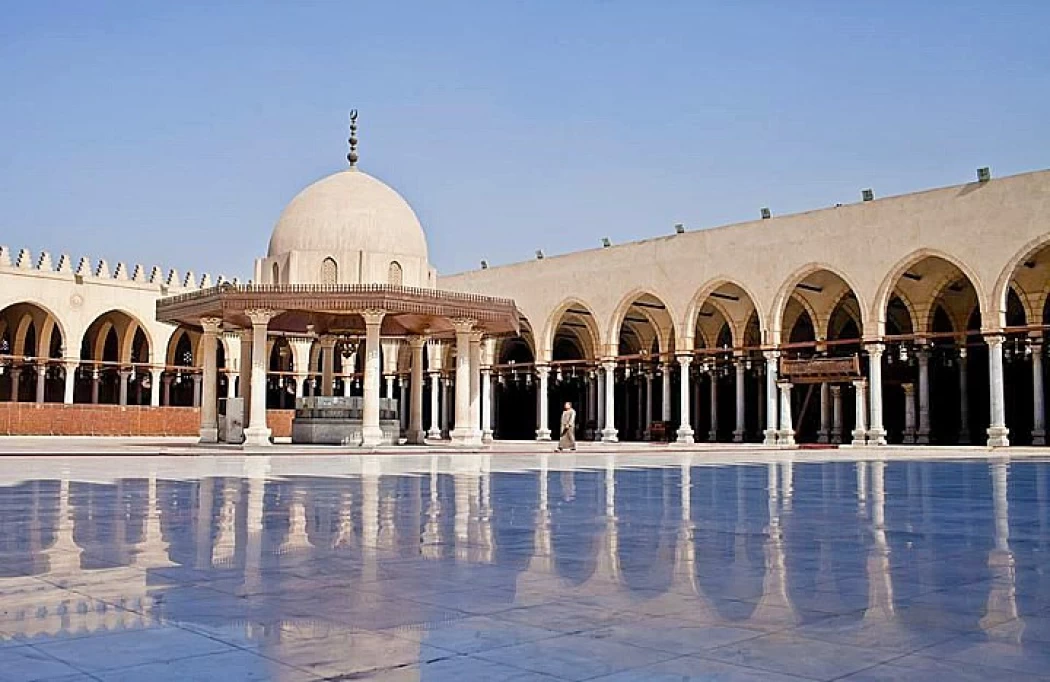
Amr bin al-Aas | mosque Africa's first Muslim worship house
Mosque Africa's first Muslim worship house
Mosques have a great status among Muslims, as they are associated with an important pillar of prayer, and all over the world there are many mosques, the walls of some of which combine the fragrance of history and others are full of modern architectural masterpieces, in addition to the religious symbolism of both.
It is the first mosque built in Egypt and all of Africa in the year 642 in the era of Amr Ibn al-As, and he chose his place in the same place where he pitched his tent in the city of Fustat, the new capital of Egypt.It is also known as the Mosque of Conquest, the Antique Mosque, and the Crown of Mosques and was first established as a center of governance and a nucleus for the preaching of the Islamic religion in Egypt.Its area, after continuous expansion operations over the ages of Egypt's rulers until now, has reached about 13,200 meters.
It is the lone remaining Islamic monument from the Islamic conquest of Egypt. It is the first Islamic building block in Cairo and, because of its significance, many regarded it as the pre-Azhar Azhar, where students learned all the sciences of the Arabic language and the true Islamic religion.
After the conquest of Alexandria, Amr Ibn Al-Khattab (may Allah be pleased with him) ordered the Muslims to land in a place that does not have a river or sea between them, so Amr Ibn Al-As (may Allah be pleased with him) chose the place of his Fustat and landed there, making it the new capital of Egypt, and the spot was named after Al-Fustat. When he conquered Egypt and purified it from the remnants of the Romans, Amr (may Allah be pleased with him) built a mosque to hold Friday prayers, and this mosque, which is named after him until now, was at that time a center of government and a nucleus for the call to Islam in Egypt.
When it was first built, it measured 50 by 30 cubits and had six doors. This configuration persisted until 53 AH / 672 AD. Then, under Musallama bin Makhlid al-Ansari's rule, the governor of Egypt, "Muawiya bin Abi Sivan," increased the area and added four minarets. Eventually, after ongoing expansion efforts, the structure's area reached approximately twenty-four thousand architectural cubits, measuring 120 by 110 meters.














